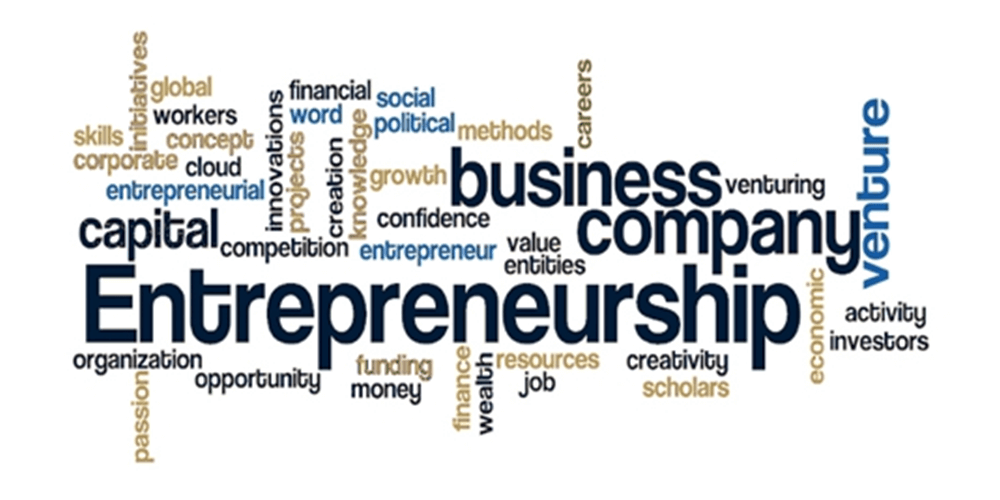In economics, the Bottom of the Pyramid (BOP) refers to the poorest group of people in the world, which is also the largest as it comprises of about two-thirds of the global population. These people are often not targeted by the mainstream businesses, which means they don’t get access to products and services that others enjoy.
The BOP concept was introduced by C.K. Prahalad and Stuart Hart and it suggests that businesses must focus on this group and find innovative ways to cater to their needs by creating new products, services, and business models.
By tapping into this market segment, businesses not only gain new growth opportunities, but they also create products and services that improve the lives of people who may have been ignored in the past.
Here are some examples of BoP business:
Microcredit: Providing small loans to individuals who lack collateral or credit history, enabling them to start businesses. Most loans are very small and rarely exceed 100 US$ but can help a person become a producer and contribute to family income and independence.
This may seem like a marginal contribution to economic growth but it can widen a nations economic base and promote to the kind of growth that leads to real increases in living standards.
The decision to award the 2006 Nobel Peace Prize to Muhamad Yunus and the Grameen Bank in Bangladesh has underlined the potential of microfinance in developing countries.
Renewable energy: Developing renewable energy solutions to power homes and businesses in low-income communities. Offering products that are affordable to low-income customers, such as low-cost solar lamps.
Mobile banking: Providing mobile banking services that are accessible to people who may not have access to traditional banking services.
Education: Offering low-cost education solutions, such as online courses or vocational training, to help people build their skills and find better employment opportunities.
The distribution of wealth and capacity to generate incomes in the world can be captured in the form of an economic pyramid, known as the BOTTOM OF THE PYRAMID (BOP) – Prahalad 2005.
At the top is the rich and at the bottom is the poor (BOP). The general assumption is that the poor have no purchasing power and therefore do not represent a viable market. However, there is money at the BOP. With over 4bn at the bottom, market potential is huge as the needs of the poor are many.
BOP market is connected due to the rapid exploitation of benefits of information networks. BOP consumers also accept advanced tech readily.
To help reduce poverty while serving in these BoP markets, Prahalad (2004) suggests businesses
- stop thinking the poor as victims but as value-demanding consumers.
- treat BOP markets as parts of core business and not just as CSR initiatives.
- recognize that serving low income markets requires strategies that involve local governments, financial institutions, and NGO’s.
- include four key elements to thrive in these markets:
Creating buying power.
Shaping aspirations through product innovation and consumer education.
Improving access through better distribution and communication systems.
Tailoring local solutions
Karnani (2007) suggests businesses
- consider the poor as producers, rather than just as consumers.
- develop successful entrepreneurs & include three critical aspects:
- Access to micro credit
- The establishment of alliances
- Adaption of the marketing mix
References
Karnani, A. (2007). The mirage of marketing to the bottom of the pyramid: How the private sector can help alleviate poverty. California management review, 49(4), 90-111.
Prahalad, C. K. 2004. The fortune at the bottom of the pyramid: Eradicating poverty with profits. Philadelphia: Wharton Business Publishing.
BATheories.com is managed by a group of educators from Mumbai. We also manage the website AcademicsHQ.com. Our panel includes experienced professionals and lecturers with a background in management. BATheories is where we talk about the various business theories and models for BA (Business Administration) students.
